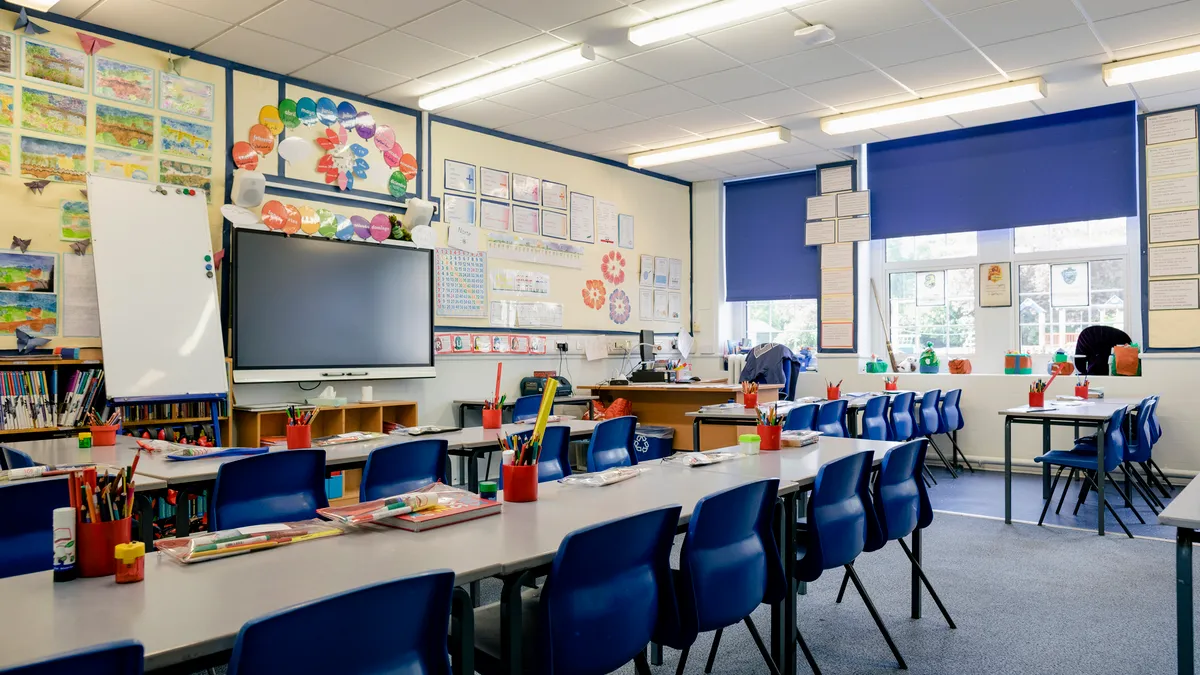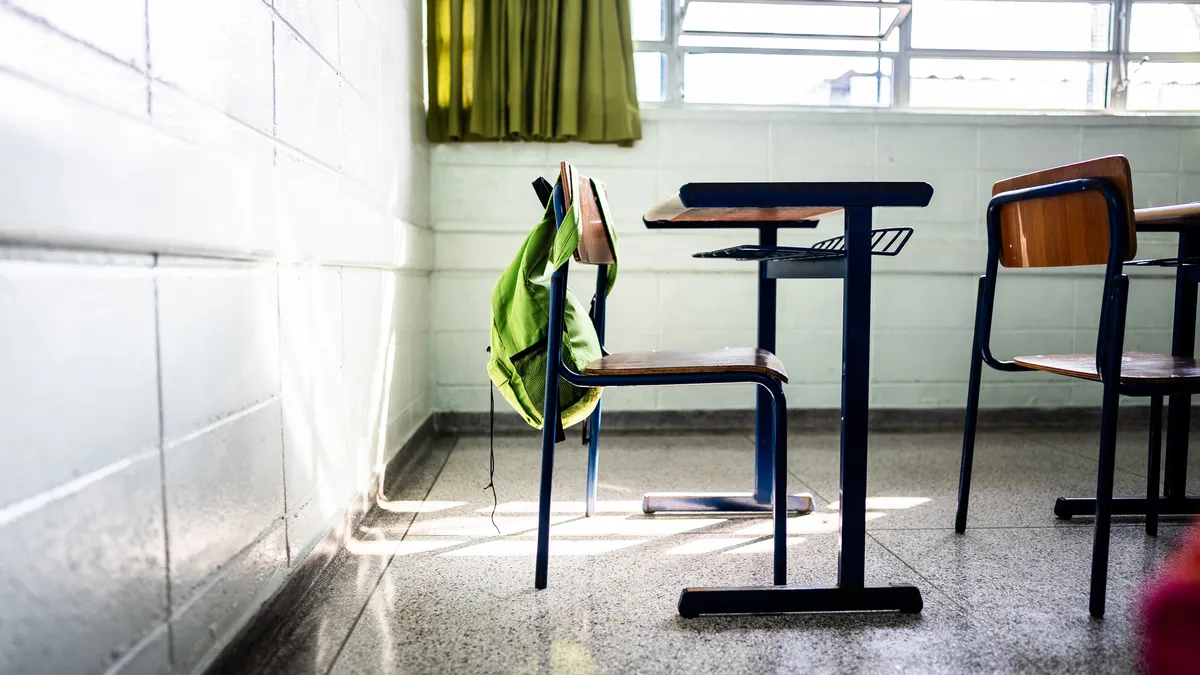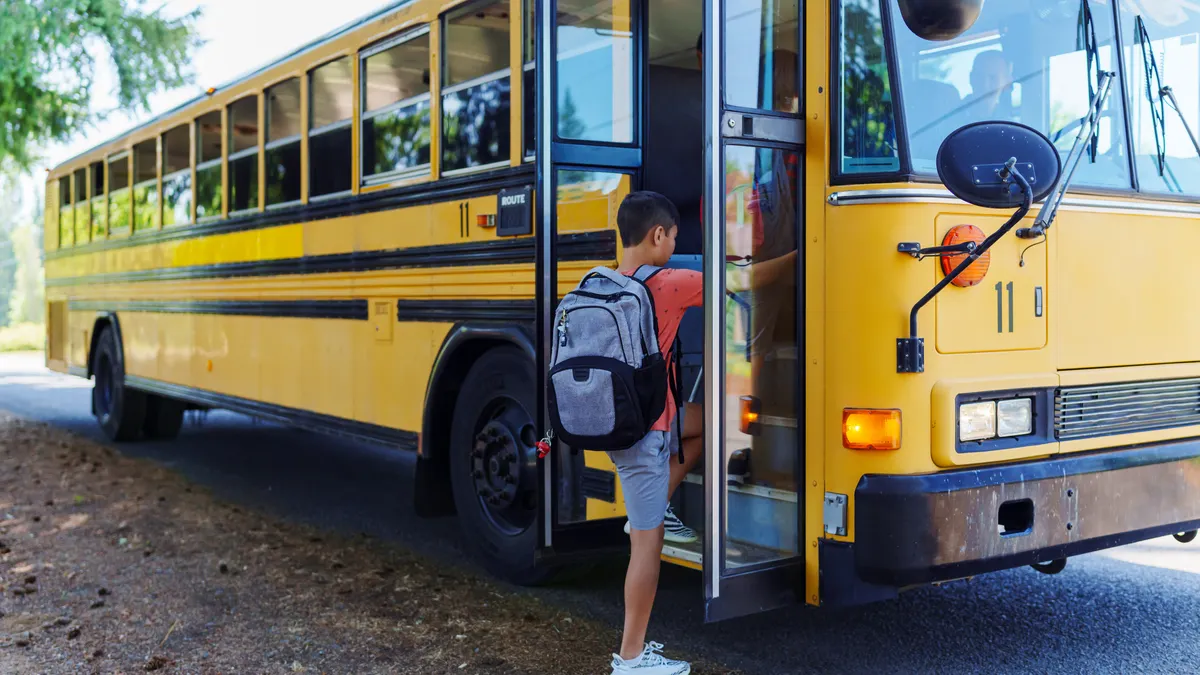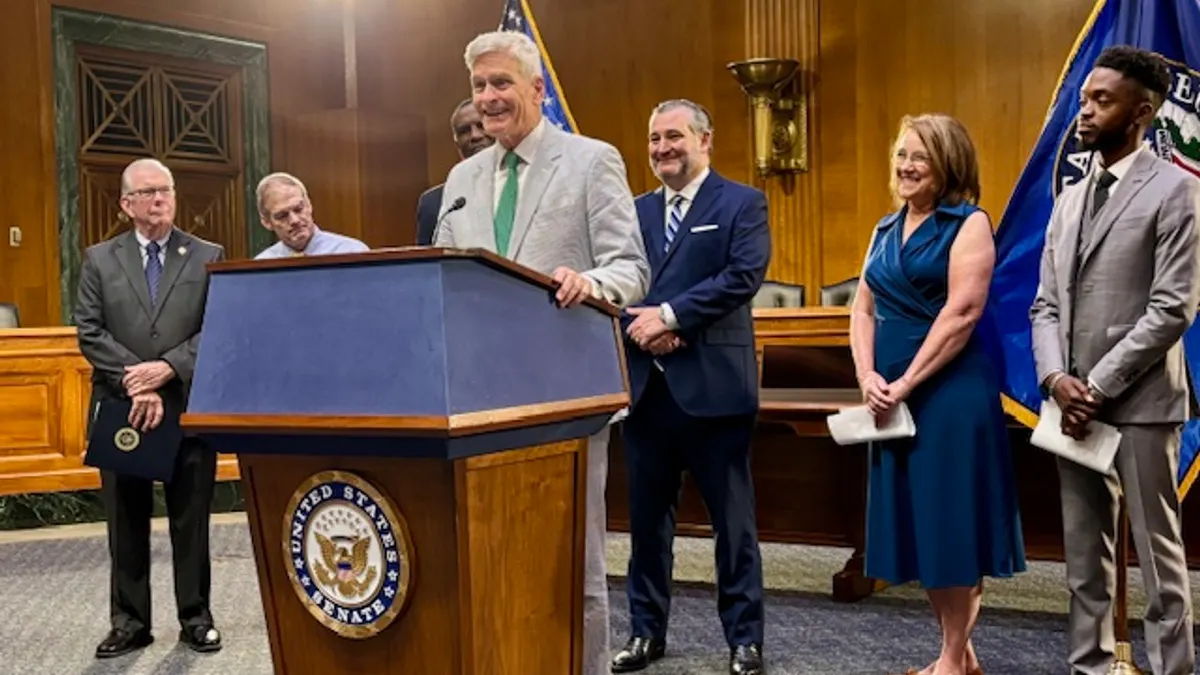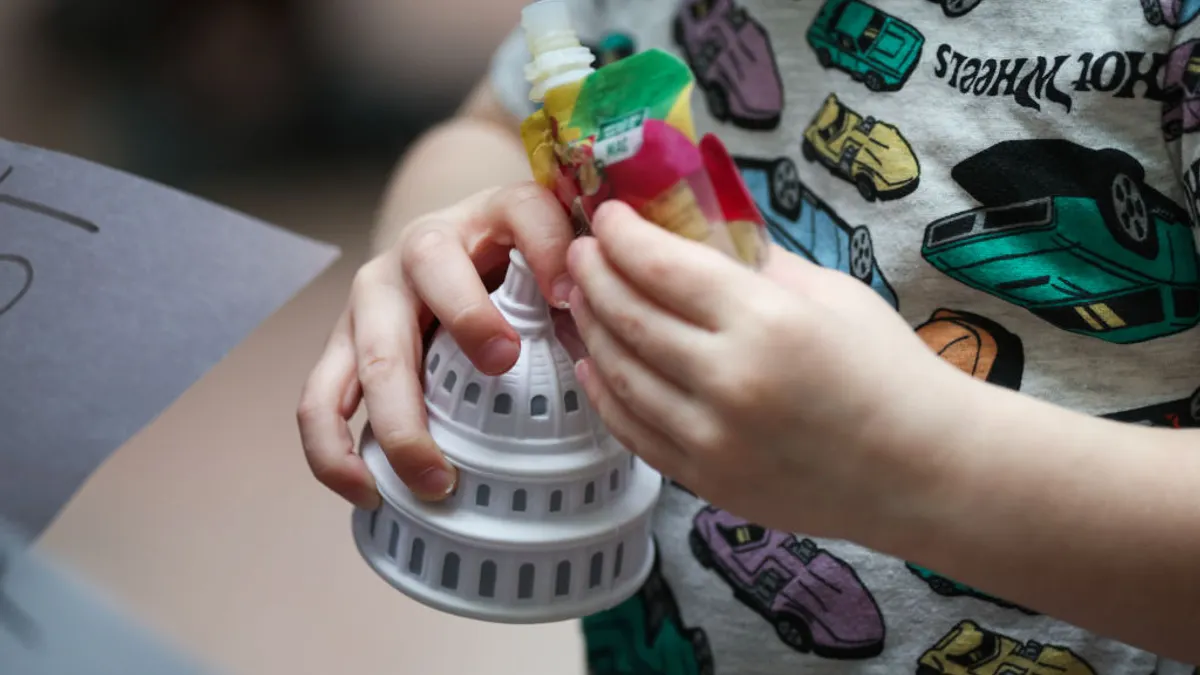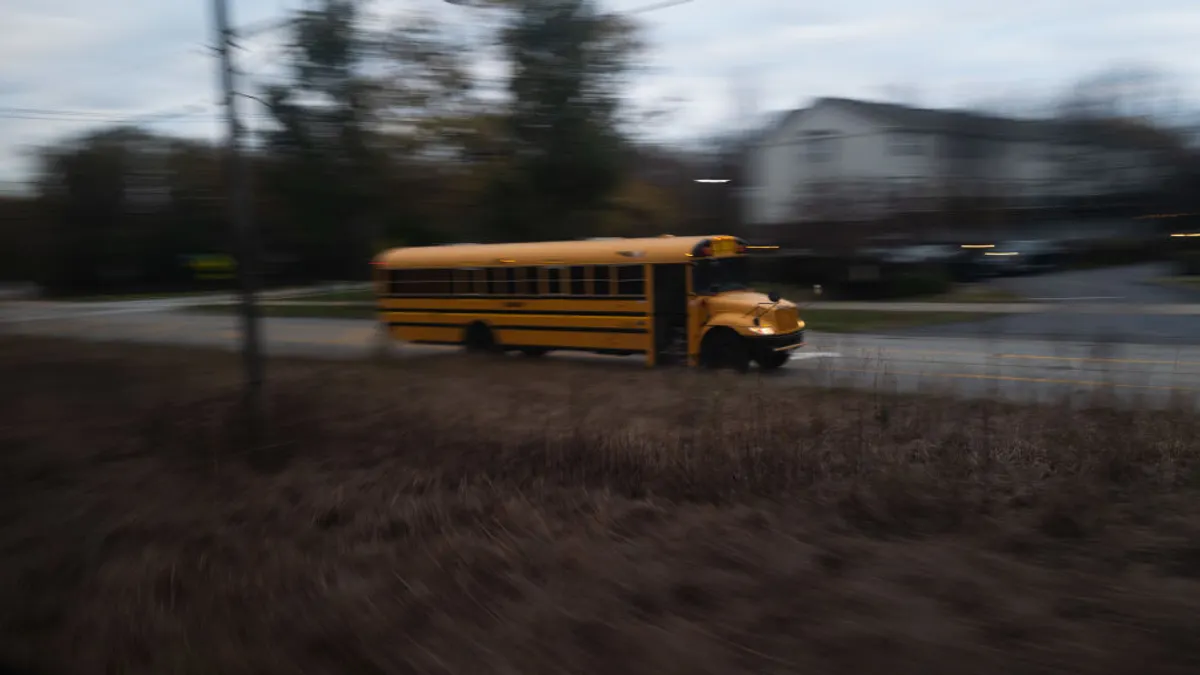Competition for students is on the rise among traditional public schools, charter schools, private schools and homeschooling within the nation’s 125 largest school districts. But that competition is only modest in scale, according to a study released Tuesday by the Thomas B. Fordham Institute, an education reform think tank.
Fordham's research found the proportion of students in grades 1-8 who were not enrolled in a traditional district-run school increased by about 3 percentage points between 2010 and 2020, from about 15% to 18%. The increase in nondistrict school enrollment is mainly due to the growth of charter schools, a report on the Fordham study said.
Still, competition for students among different types of schools is healthy and positive, and it can spur academic benefits for all students — including traditional public school students, the report said.
"My view is we should follow the research, and the research says the competition is good, which is something that we have seen in many other areas of public life in many other sectors," said David Griffith, co-author of the study and Fordham's associate director of research.
"I think the most important thing for me is just to understand that competition is from an individual's perspective. It's inherently empowering, right? And there's a moral case for it," Griffith said.
He added that competition among school systems is not just about academic performance but can be based on a number of factors for individuals like school safety and nurturing environments.
The report, acknowledging a contentious national debate about school choice, said the argument that pits school choice against improving traditional public schools is a "false dichotomy," because there's a need to support both simultaneously.
"Indeed, embracing school choice is a valuable strategy for improving traditional public schools," the report said.
Griffith said that when looking at typical big districts, the overwhelming majority of kids are still in traditional public schools. "I don't think the goal should be to zero out traditional public schools, but this narrative that they're dying is just not accurate. They're alive and well."
Most and least competitive districts
Of the 125 large districts studied, in the ones defined as median, about 80% of students enrolled in traditional district-run schools during the 2019-20 school year. About 95% of students enrolled in the traditional school district in Clayton County, Georgia, which the study declared was the country’s “least competitive large district.”
Meanwhile, Orleans Parish, Louisiana, was named the country’s “most competitive large district” because there were no district-run schools due to reforms enacted after Hurricane Katrina in 2005. San Antonio Independent School District and District of Columbia Public Schools — where only half of students were enrolled in both localities' nondistrict schools — were determined to be the country’s second and third most competitive districts, respectively.
Researchers only studied enrollment for grades 1-8 and did not take into consideration intradistrict school choice programs like magnet schools. Griffith said there are some data limitations given student mobility and other factors. The report said the data used in the study comes from pre-COVID-19 figures and likely underestimates the current competition status.
Researchers looked at nondistrict enrollment for individual subgroups, including Black, White, Hispanic and Asian students. They found that, in general, most large districts face more competition to educate White students than they do to educate non-White students. That's because White students are much more likely to attend private schools.
However, between 2010 and 2020, more districts were also competing to educate non-White students due to the growth of charter schools. The study found 116 of 125 large districts saw an increase in non-White students’ access to nondistrict alternatives in that decade.
The report's authors said there's a need for more affordable, nondistrict school options, particularly for traditionally disadvantaged student groups.
"Most educators and traditional public schools care a lot about traditionally disadvantaged students, but it's nevertheless the case that the institutional incentives are problematic when the only kids the district has to worry about losing are White," Griffith said.



